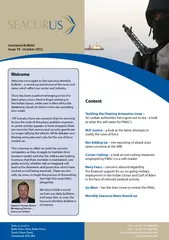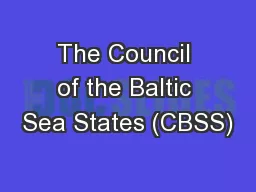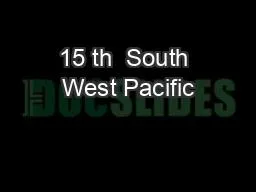PDF-Suite Level Baltic Place West Baltic Place South Sho
Author : mitsue-stanley | Published Date : 2015-04-30
com wwwseacuruscom Insurance Bulletin Issue 19 October 2012 Welcome once again to the Seacurus Monthly Bulletin a roundup and review of the news and views which
Presentation Embed Code
Download Presentation
Download Presentation The PPT/PDF document "Suite Level Baltic Place West Baltic P..." is the property of its rightful owner. Permission is granted to download and print the materials on this website for personal, non-commercial use only, and to display it on your personal computer provided you do not modify the materials and that you retain all copyright notices contained in the materials. By downloading content from our website, you accept the terms of this agreement.
Suite Level Baltic Place West Baltic Place South Sho: Transcript
Download Rules Of Document
"Suite Level Baltic Place West Baltic Place South Sho"The content belongs to its owner. You may download and print it for personal use, without modification, and keep all copyright notices. By downloading, you agree to these terms.
Related Documents














